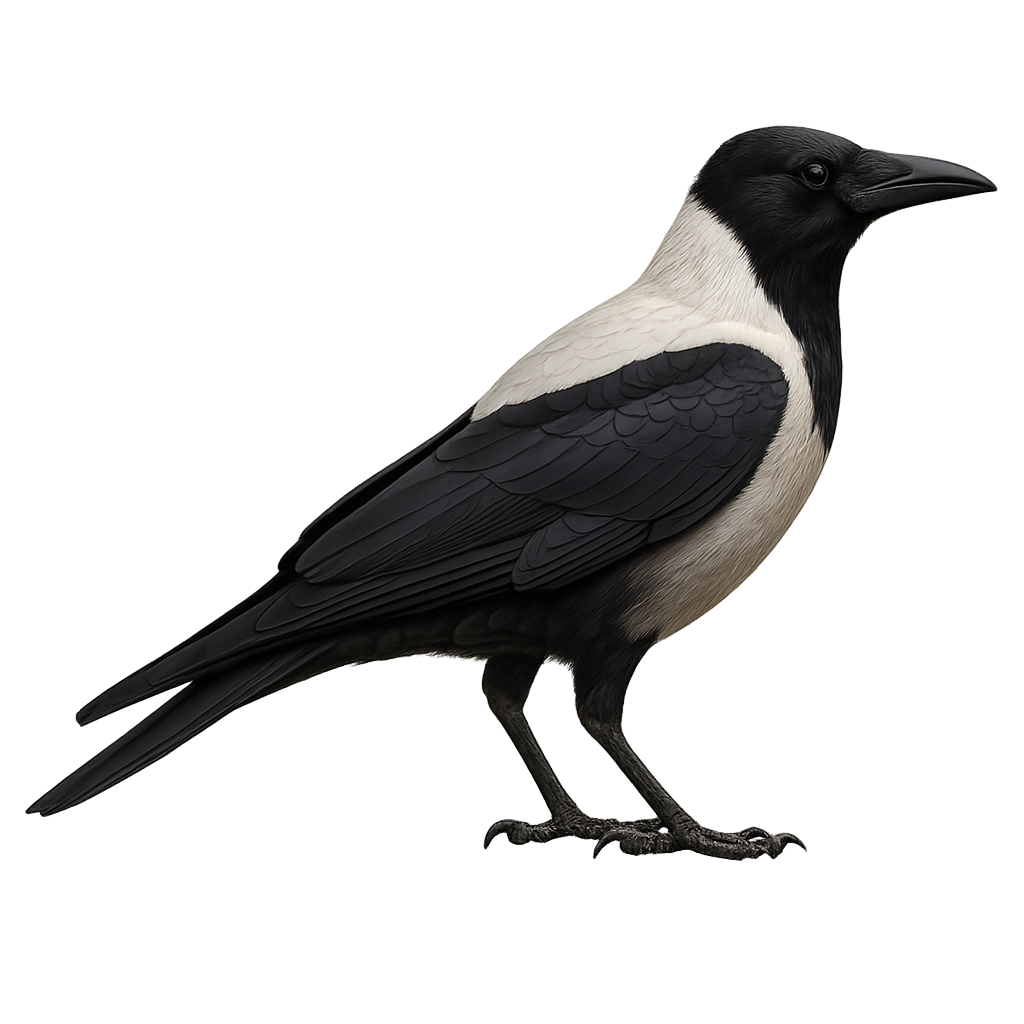Your wildlife photography guide.
Explore the collared crow in detail, study its behavior, prepare your shots.
Where to observe and photograph the collared crow in the wild
Learn where and when to spot the collared crow in the wild, how to identify the species based on distinctive features, and what natural environments it inhabits. The WildlifePhotographer app offers tailored photography tips that reflect the collared crow’s behavior, helping you capture better wildlife images. Explore the full species profile for key information including description, habitat, active periods, and approach techniques.
Collared Crow
Scientific name: Corvus torquatus

IUCN Status: Near Threatened
Family: CORVIDAE
Group: Birds
Sensitivity to human approach: Suspicious
Minimum approach distance: 10 m
Courtship display: March to April
Incubation: 18-20 jours
Hatchings: March to May
Habitat:
Agricultural areas, open forests, urban zones
Activity period :
Primarily active during the day, with peak activity in the morning and late afternoon.
Identification and description:
The Collared Crow, or Corvus torquatus, is a medium-sized bird known for its glossy black plumage and distinctive white collar around its neck. It primarily inhabits regions of East Asia, particularly China, where it frequents agricultural areas, open forests, and urban zones. As an opportunist, it feeds on a variety of foods, ranging from insects to small animals and human waste. Its intelligence and adaptability allow it to thrive in diverse environments. Although often solitary, it can be seen in small groups, especially when foraging. Its voice is harsh and varied, contributing to its complex social communication.
Recommended lens:
400mm – adjust based on distance, desired framing (portrait or habitat), and approach conditions.
Photography tips:
To photograph the Collared Crow, focus on agricultural areas or forest edges where it often forages. Use a telephoto lens of 400mm or more to capture precise details of its plumage and distinctive collar. Be patient and discreet, as this bird can be suspicious. The best times to observe it are early morning or late afternoon, when the light is soft and flattering. Take advantage of these moments to experiment with different compositions and angles, incorporating its natural habitat for more immersive shots.
The WildlifePhotographer App is coming soon!
Be the first to explore the best nature spots, track rutting seasons, log your observations, and observe more wildlife.
Already 1 430 wildlife lovers subscribed worldwide

